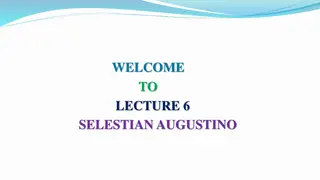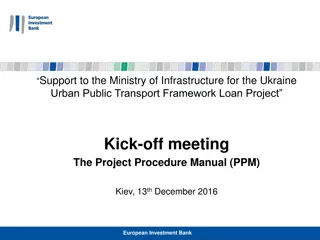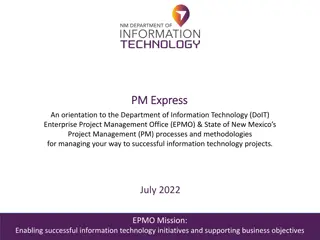Overview of OpenDaylight Project
OpenDaylight is an open source software project under the Linux Foundation aimed at advancing Software Defined Networking (SDN) through a common industry platform. It focuses on creating a robust, extensible codebase for building SDN solutions, fostering industry acceptance, and growing a technical community. The project encompasses various components and services essential for SDN implementation, promoting vendor collaboration and innovation in the networking space.
Download Presentation

Please find below an Image/Link to download the presentation.
The content on the website is provided AS IS for your information and personal use only. It may not be sold, licensed, or shared on other websites without obtaining consent from the author.If you encounter any issues during the download, it is possible that the publisher has removed the file from their server.
You are allowed to download the files provided on this website for personal or commercial use, subject to the condition that they are used lawfully. All files are the property of their respective owners.
The content on the website is provided AS IS for your information and personal use only. It may not be sold, licensed, or shared on other websites without obtaining consent from the author.
E N D
Presentation Transcript
OpenDaylight Architecture ONF Member Work Day February 12th, 2015 Colin Dixon, @colin_dixon TSC Chair, OpenDaylight Principal Engineer, Brocade
What is OpenDaylight OpenDaylight is an Open Source Software project under the Linux Foundation with the goal of furthering the adoption and innovation of Software Defined Networking (SDN) through the creation of a common industry supported platform Code Acceptance Community To create a robust, extensible, open source code base that covers the major common components required to build an SDN solution To get broad industry acceptance amongst vendors and users Using OpenDaylight code directly or through vendor products To have a thriving and growing technical community contributing to the code base, using the code in commercial products, and adding value above, below and around. Vendors using OpenDaylight code as part of commercial products 2
AAA: Authentication, Authorization & Accounting AuthN: Authentication BGP: Border Gateway Protocol COPS: Common Open Policy Service DLUX: OpenDaylight User Experience DDoS: Distributed Denial Of Service DOCSIS: Data Over Cable Service Interface Specification GBP: Group Based Policy LISP: Locator/Identifier Separation Protocol OVSDB: Open vSwitch DataBase Protocol PCEP: Path Computation Element Communication Protocol PCMM: Packet Cable MultiMedia Plugin2OC: Plugin To OpenContrail SDNI: SDN Interface (Cross-Controller Federation) SNBI: Secure Network Bootstrapping Infrastructure SNMP: Simple Network Management Protocol TTP: Table Type Patterns VTN: Virtual Tenant Network Helium Core service wiring and dependencies App/service-specific wiring and dependencies Applications and Orchestration Services VTN DDoS Protection SDNI Wrapper DLUX Web- based GUI OpenStack (via Neutron) Legend Coordinator Custom Basic AuthN Filter AAA AuthN Filter Neutron AuthN Authentication Northbound/REST APIs AD-SAL REST APIs MD-SAL RESTCONF (REST) APIs Neutron APIs Base Network Service Functions OpenStack Neutron Service Controller Platform and Services Topology Manager Stats Manager Switch Manager Fwdng Rules Mgr Host Tracker DOCSIS Service LISP Service SDNI Service Flow Chaining GBP Service L2 Aggregator Switch OVSDB VTN Plugin2OC Shared Data Models RPCs and API-Driven Service Abstraction Layer (AD-SAL) Model-Driven Service Abstraction Layer (MD-SAL) Notifications Abstraction Layers Clustering OpenFlow 1.0 PCMM/ COPS OpenFlow 1.0 1.3 TTP Southbound Interfaces and Protocol Plugins OVSDB SNMP SNBI LISP BGP PCEP NETCONF Plugin2OC Released October, 2014 1.87M+ lines of code, 28 Projects, 256 Contributors 3
Core Architecture MD-SAL Model-Driven Service Abstraction Layer Components interact via YANG models RPCs Notifications Data Store 4
Core Architecture Models are layered to increase abstraction Path programming model (over) Flow programming model (over) OpenFlow model Common models provide unifying information to write many apps Topology, Inventory, Neutron, etc. 5
Example YANG Model container network-topology { description "..."; key "topology-id"; leaf topology-id { type topology-id; description "..."; } Network Topology List of Nodes list node { description "..."; key "node-id"; uses node-attributes; } List of Links Links and Nodes can be extended later list link { description "..."; key "link-id"; uses link-attributes; } } Can specify constraints 6
YANG Models as an Architecture Good Easy to augment common models Some apps just work Modeling is great Easily defined APIs between projects You can do real work Native NETCONF Good Java tooling Harder Interaction via shared data models is hard No status codes RPCs fix that, but can be less flexible YANG isn t perfect No recursive self- inclusion Less tools than alternatives 7
Architecture in Evolution (OVSDB/Neutron) 8
Architecture in Evolution (OVSDB/Neutron) 9
Developer Resources Pull the code and review documentation at wiki.opendaylight.org Connect with active developers in the community on the #opendaylight IRC channel at freenode.net webchat.freenode.net Join the conversation through lists.opendaylight.org and ask.opendaylight.org Propose a new project at wiki.opendaylight.org/view/Project_Proposals:Main 10
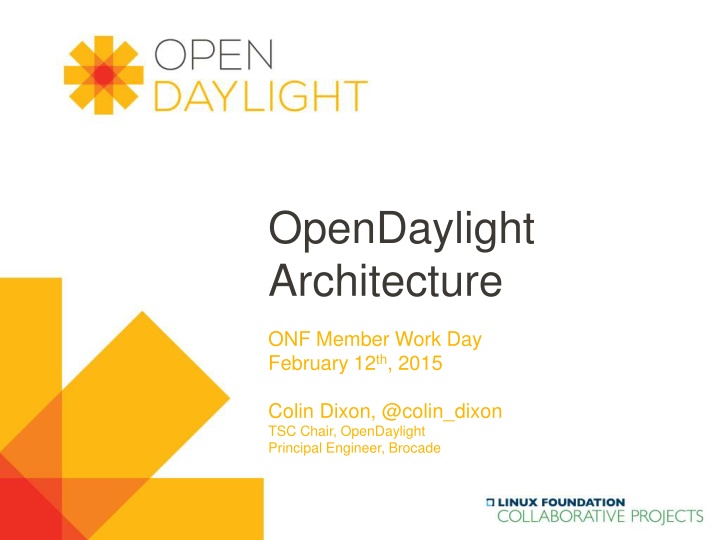


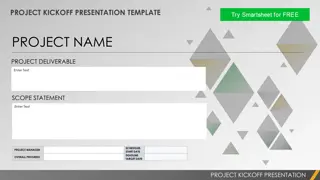
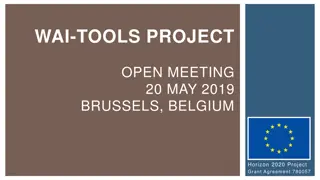
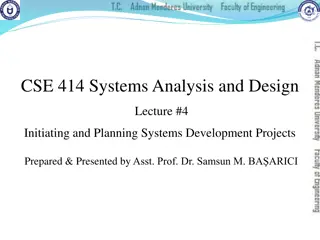
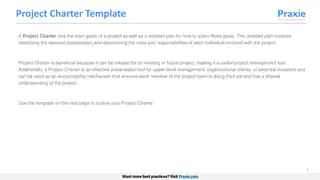
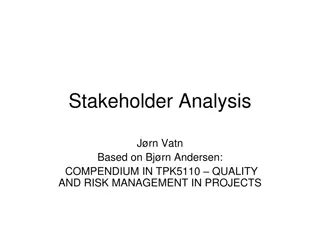
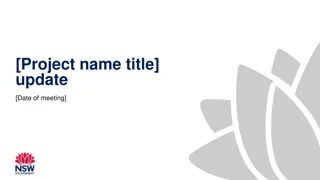

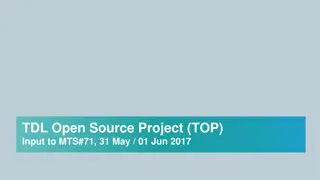
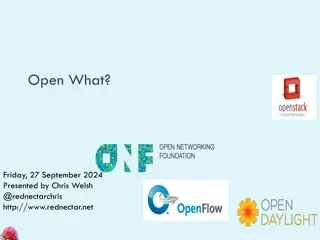
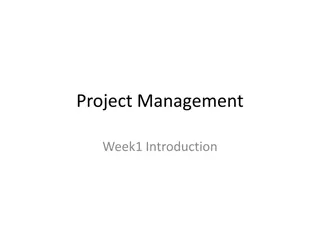

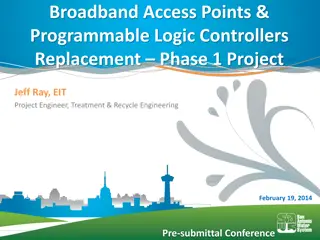
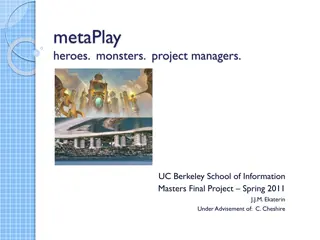
![Project Initiation Document for [Insert.Project.name] [Insert.Project.number]](/thumb/226757/project-initiation-document-for-insert-project-name-insert-project-number.jpg)
